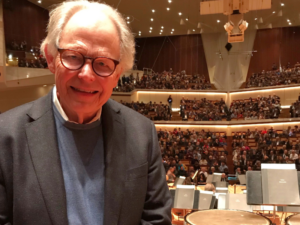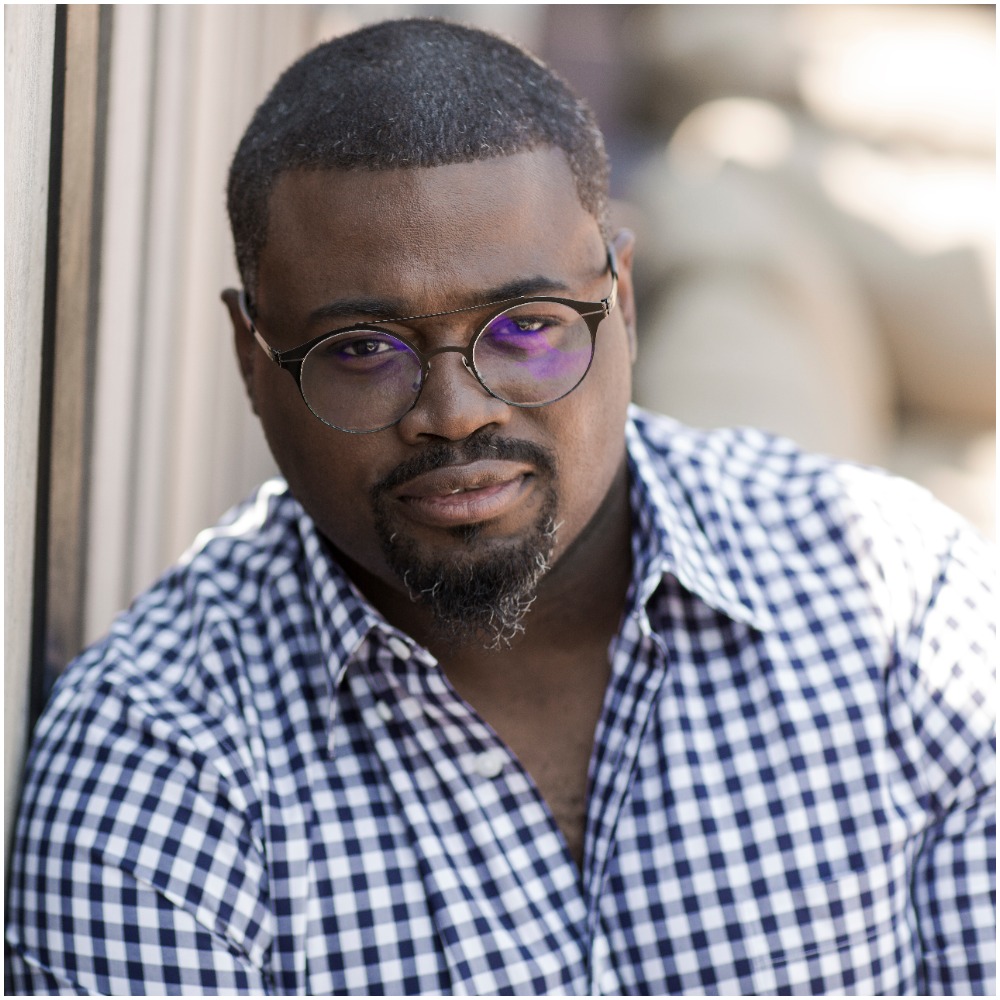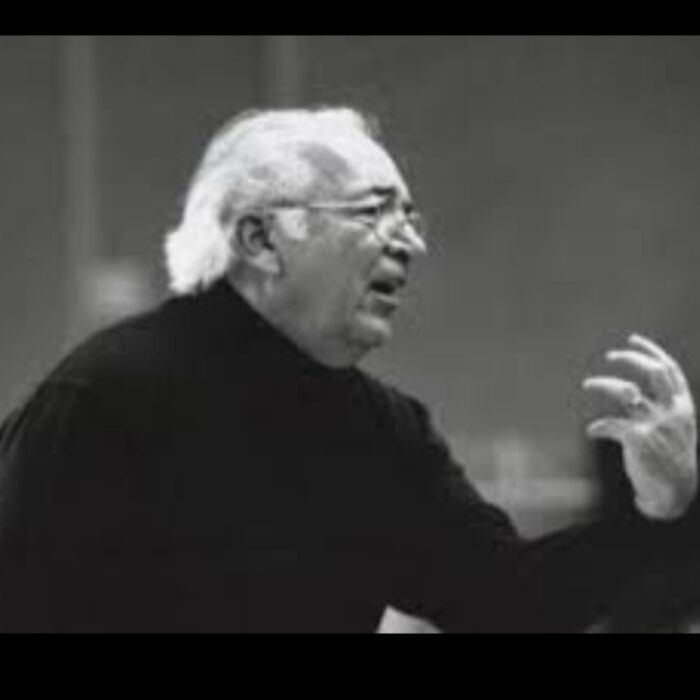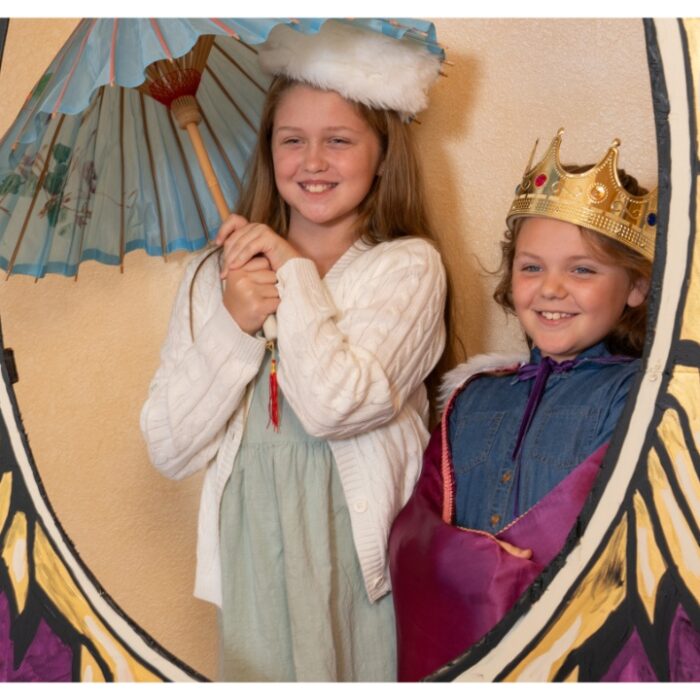
Obituary: Toledo Symphony Leader Robert Bell Dies
By Francisco SalazarPresident Emeritus of the Toledo Symphony Robert Bell has died.
The Toledo Symphony said, “It is with deep sorrow that the Toledo Symphony and the Toledo Alliance for the Performing Arts mourn the passing of Robert “Bob” Bell, beloved colleague, visionary leader, master timpanist, and the heart and soul of our institution for nearly 70 years.”
In a statement, TAPA Board Chair Marna Ramnath said, “Bob was the heart and soul of the Toledo Symphony for most of its existence and for most of his life. It is safe to say that his dedication to the music, the musicians, and the community never wavered. The gift of his life plays on in the orchestra that he loved.”
Born in 1939, Bell began his relationship with the Toledo Symphony in 1956 when, in high school, he first performed with the orchestra at the invitation of then-conductor Joseph Hawthorne.
He began as a Principal Timpanist and then as a Librarian, Personnel Manager, and later as Managing Director, President & CEO, and finally President Emeritus.
Under Bell’s leadership, the Symphony’s budget and artistic stature grew into a professional orchestra. He also championed the idea that great music should belong to everyone and expanded access through neighborhood concerts, school partnerships, and inclusive programming. In 1994 he received the Governor’s Award for the Arts.
In 2006, he celebrated his 50th year with the Toledo Symphony and established the Robert Bell Endowment and the naming of the Robert Bell Studio at the new Toledo Center for Live Arts.
In an interview for his 50th anniversary with the orchestra, Bell spoke about the relationship the orchestra had with its community and said, “We have embedded ourselves into this community in ways that Cleveland or Detroit could never provide. There’s that old debate about “are orchestras dead?” I was always amused by it – more than 25 years ago, Ernest Fleischmann was talking about a community of musicians, 1 or 100, doing what it takes to be part of the musical fabric of the community by playing in churches, community centers, and so on. There was a period when we drifted away from this idea, but we resumed it with vigor in 1985. As a result of that, we have a tremendous workload in non-core Classic concerts.”
Categories
News

